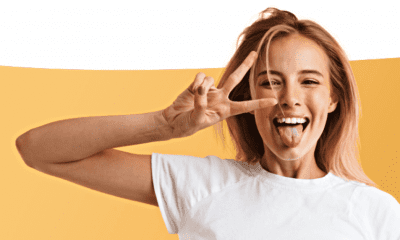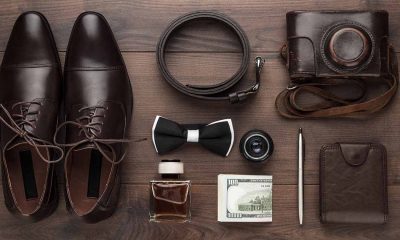Uncategorized
E-Commerce Metaverse Sees Increase in Luxury Brand Virtual Stores
Published
3 years agoon
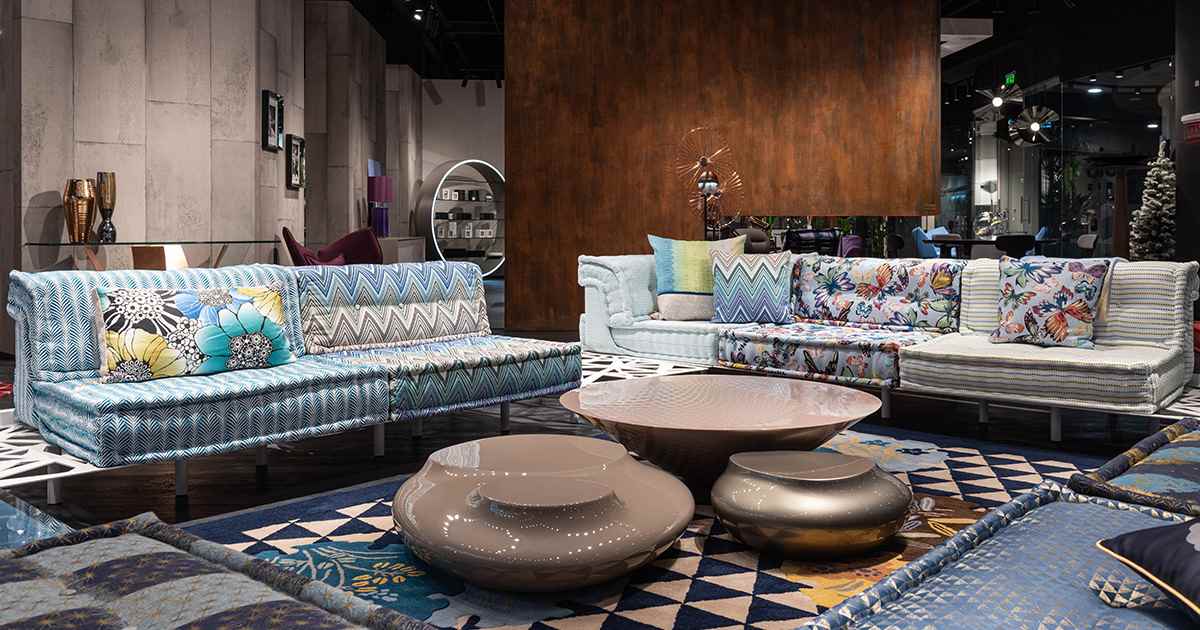
Shopping has taken on a new face, with luxury brands invading the e-commerce metaverse. The metaverse has become the new mall thanks to ByondXR, an immersive commerce platform. The retail tech company recently launched virtual stores for Armani Skincare and YSL Beauty Thailand.
ByondXR has its focus on becoming the “Shopify of the Metaverse,” first by specializing in XR technology for e-commerce. The company is now creating virtual stores and 3D showrooms for luxury brands, businesses, and retailers. Before its partnership with Armani and YSL, ByondXR served some of the most well-known brands, such as Calvin Klein, Olay, Target, and Lancôme.
Luxury Brand Partnerships
The status of virtual and augmented realities has experienced a boost as the future of e-commerce by way of these partnerships. Currently, people see XR as an exciting feature of more video games. Today, it is now rapidly becoming a smart business decision.
Armani Skincare users can now go straight to the brand’s 3D store, which was just recently launched. The Armani and ByondXR partnership paved the way for the new age of online shopping: buying luxury goods in the metaverse.
Luxury Brands E-Commerce in Metaverse
Armani’s virtual store was arranged and designed to copy the experience of shopping in a physical store. It has a feature that allows shoppers to play a digital memory game and win prizes. It also features a virtual makeup tester called the “Virtual try-On.” This will enable users to see how Armani’s products would look on them before making a purchase.
On the other hand, shoppers in Thailand have seen YSL Beauty get into the metaverse sensation. The beauty retailer shop launched its 3D store earlier this month. Much like Armani’s virtual store, YSL also has a game feature and brand experts that the customers can ask for advice on while virtual shopping.
Adding a Touch of Class to the E-Commerce Experience
Online shopping has become the go-to for people forced to stay indoors due to the COvid-19 pandemic. Many have proven its convenience, however, nothing can beat the exciting experience of entering a physical store and touching the merchandise. After months of scrolling through a smartphone or computer screen, wandering inside a store beats looking at 2D images of the products.
This has now changed since the advent of the metaverse. Shoppers can now enjoy the best of both worlds. You can still do your shopping while in bed or in the comforts of your home. This is the ideal situation for people who engage in retail therapy. AR and VR have revolutionized shopping.
Physical stores have put on a new face with virtual stores that are the XR version of them. Shoppers can now enjoy the experience of going to a brick-and-mortar store via a different kind of online shopping. Augmented and virtual reality in the metaverse has taken luxury shopping to the next level.
With the addition of famous brands such as Armani and YSL, malling has indeed unlocked a new achievement. Customers now have the option of going to a physical store without ever leaving their homes or even stepping out of their bedrooms.
This would also mean that no pandemic or emergency can prevent people from enjoying their shopping. In addition, mall hours can no longer deter people from getting their luxury fixes. These virtual stores are open 24/7 and would allow people to shop from anywhere in the world. Thanks to the metaverse, time and geography are no longer considerations when shopping for your favorite luxury brands.
The Future of Luxury Brands E-Commerce is Metaverse
Many brands are now recognizing the potential of virtual reality in e-commerce. These partnerships can only mean that we can expect more brands to go the same route. We may even conclude that the metaverse will be the future of e-commerce.
You may like
Uncategorized
Inside America’s Beauty Show 2025: Three Days That Shaped the Industry
Published
3 months agoon
April 10, 2025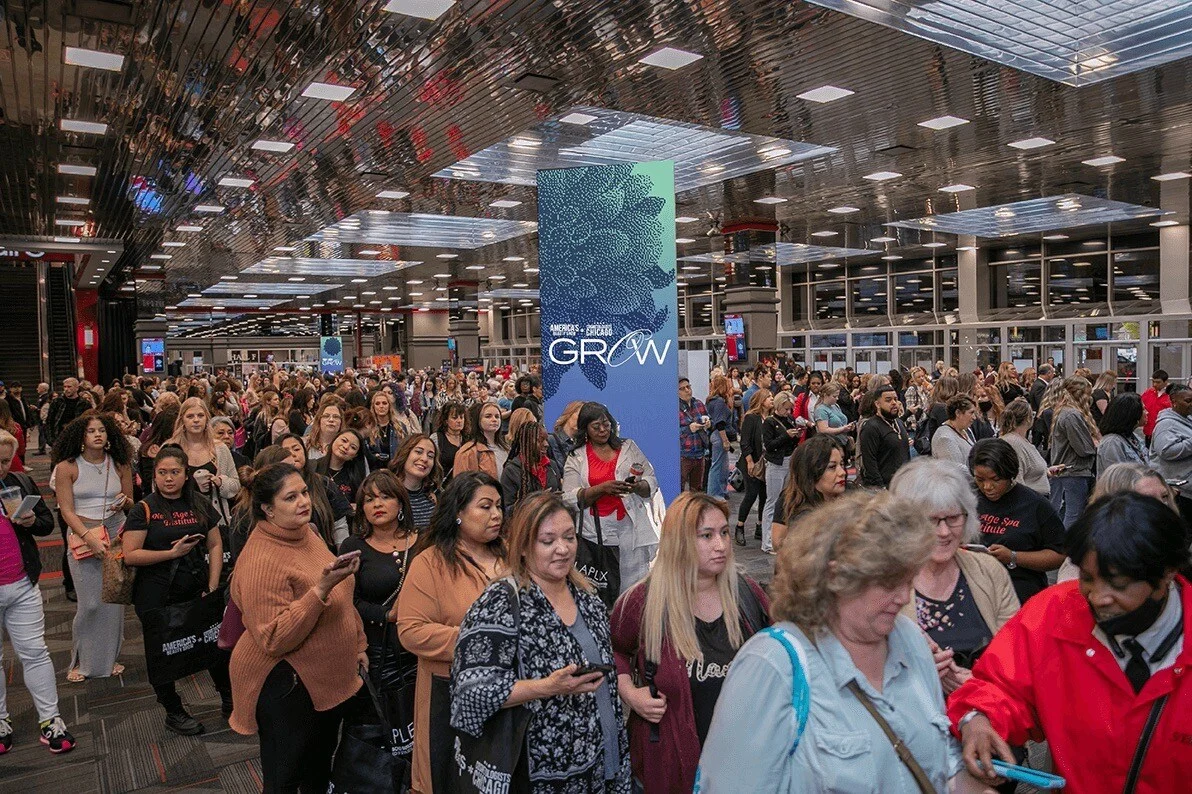
Rosemont, IL – April 5–7, 2025 — I walked through the doors of the Donald E. Stephens Convention Center late Saturday morning, and the place was electric. Over 20,000 beauty professionals—from stylists and barbers to estheticians and nail techs—had converged under one roof. With more than 400 brands ready to demo, teach, and connect, this year’s America’s Beauty Show lived up to its theme: “GROW.”
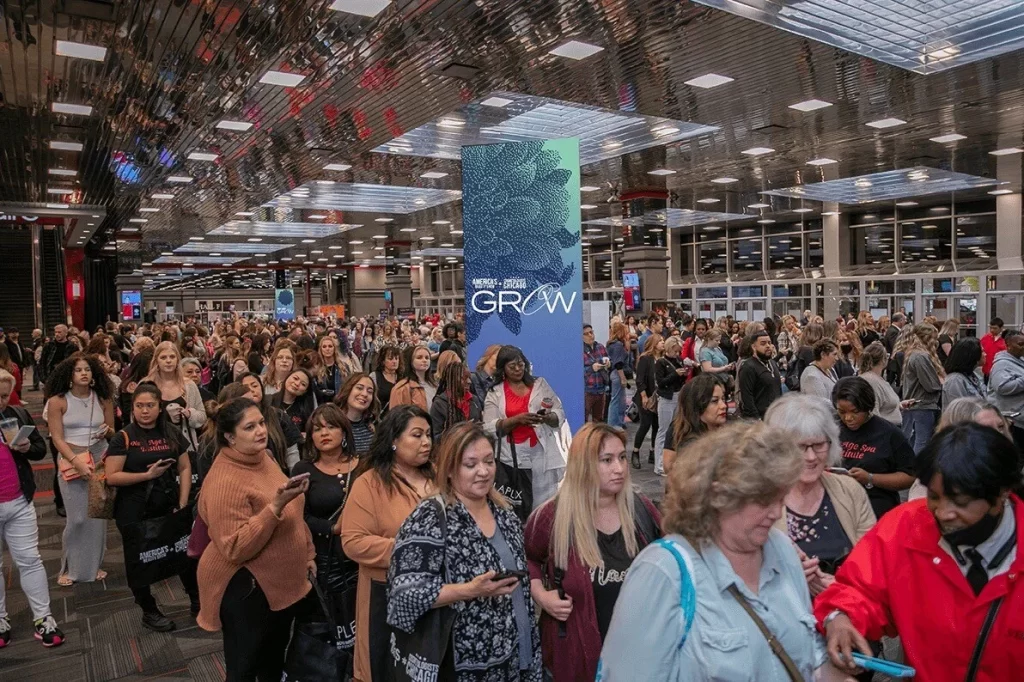
Education That Hits Home
It didn’t take long to spot the crowd huddled around Sam Villa’s class on Modern Layering Techniques early Saturday. The seats were packed, some people sitting on the floor, phones out, taking notes. Sam paused mid-demo, brushed hair aside, and said, “Remember—each cut tells a story.” That line stuck with me all weekend.
Next, I headed to the Spa Pavilion and found a room filled with estheticians at BioFrance Lab’s advanced chemical peel session. They were talking nuances—how peel acid varies with client age, state of skin, aftercare protocols. No fluff—just deep, actionable knowledge that’s rare to get outside a real clinic.
Demo Stages Packed With Purpose
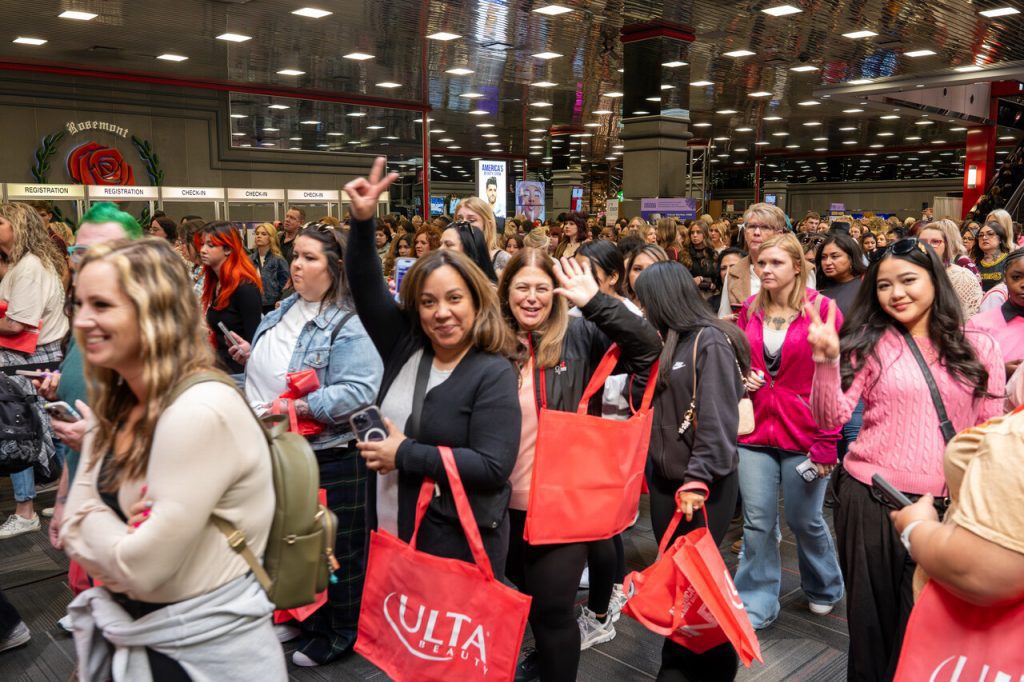
Redken’s demo chairs were occupied all day, colorists showcasing balayage, precision cuts, and live color corrections. These weren’t scripted; attendees were free to ask questions mid-process—a rare chance to watch real salon work unfiltered.
Meanwhile, Dyson’s booth was buzzing. Stylists were lining up to test the Airstrait straightener and Corrale iron. What got them really chatting was the weight—the cordless appeal—and the heat control over different textures.
A booth that drew me in unexpectedly was Dermaki Skincare. Their team explained a soothing line designed for post-microneedling recovery. The formulas, they assured, are rooted in botanical science. The estheticians I spoke with were honestly thrilled—“Finally, something that works with my treatments, not against them.”
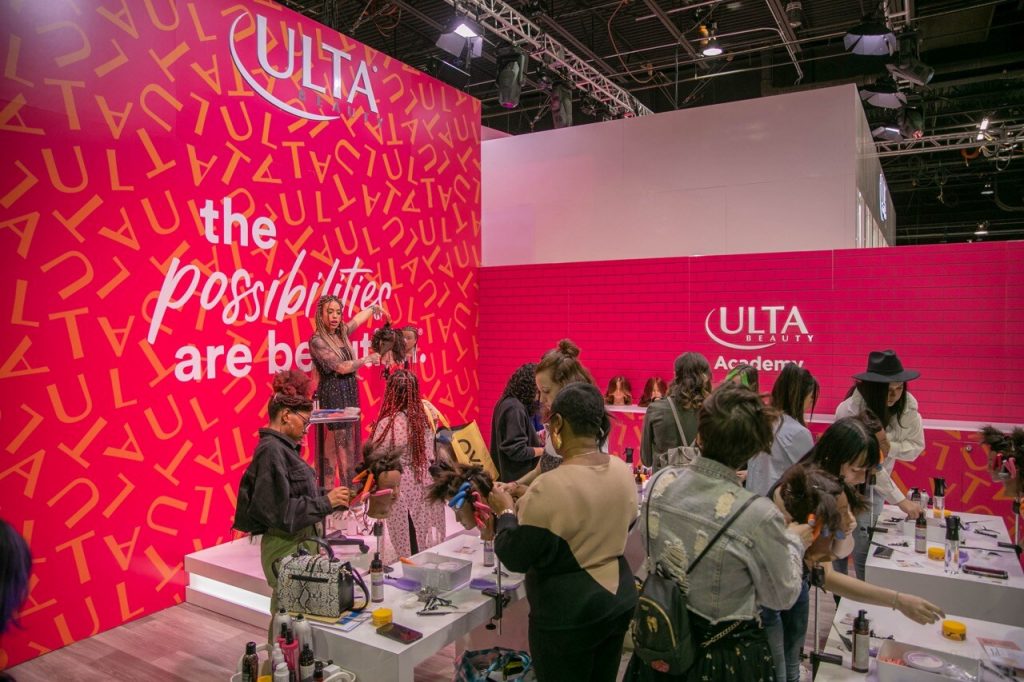
Barbers, Buzz Cuts & Brotherhood
The barbering stage near Tomb45 was a highlight. Kenny Duncan, in his shirt rolled at the sleeves, did a precision fade live—his energy infectious. He wasn’t just cutting; he was sharing wisdom: “You’ve gotta build trust before you build a cut.” He was demoing their cordless PowerClip Mat and talking about client experience—how a charged-up table can signal professionalism before a single snip.
Barbers cheered. I might’ve cheered, too.
Awards Night: A Feast of Talent
That evening, the ABS Global Image Awards gave the show its heartbeat. Stylists, makeup artists, and nail pros paraded through runway-ready looks—Avant Garde, Bridal Beauty, Textured Hair. The energy was palpable: designers hugging after being announced, cameras flashing, laughter (and tears) everywhere.
I watched one graduate student accept her award for Best Student Nail Artist with a tsunami of emotion—“I came in not knowing if I’d make it,” she said, “and now I’m on this stage.” That moment wasn’t just showbiz; it was proof that this industry deeply cares.
Feel-Good Moments Everywhere
Between workshops and demos, I overheard so many small but meaningful conversations: a salon owner from Milwaukee comparing retail display setups with a Clearwater stylist; a new barber telling his mentor how this is the first time he’s felt accepted in the industry. One participant told me, “At the Beauty Changes Lives event, I found someone who believes in my business plan—and she’s literally across the country.”
These interactions are what make this event more than a show. It’s a network.
Finding Fresh Faces & Tools
I made a point to explore emerging brands. Sultra’s Thermalite Dryer? Lightweight and budget-friendly; it’s no wonder stylists were taking it home. Over in skincare, Dermaki wasn’t the only impressive find—there was a Korean clienteling line with travel kits perfect for on-the-go professionals.
Wahl had their cordless fade clippers on demo, and the buzz around them was non-stop: “No cord, no limits.”
Barber brands were coming up fast, too—Tomb45’s wall-mounted Mat had multiple stylists fighting over it. One blew me away: “It gives clients confidence they’re in a clean, professional space before I even start the cut.”
Wellness with Real Intent
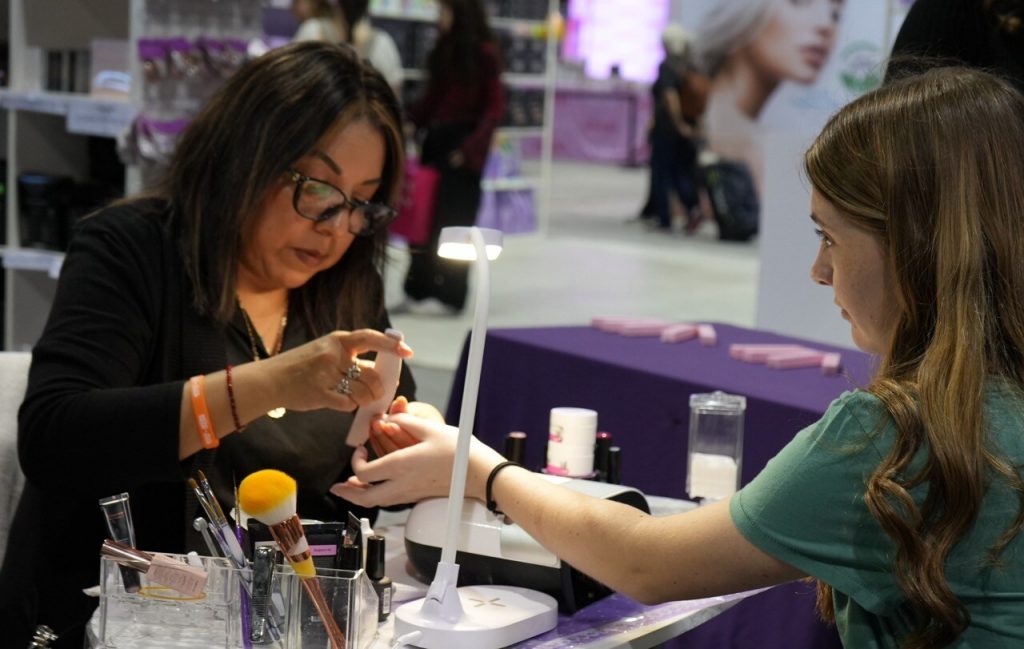
In the back corner sat the newly introduced Health & Wellness Pavilion—a welcome retreat. Here, pro yogis led quick stretches between demos, mindfulness sessions talked stress management for stylists, and there was refreshing, lightly infused water available all day. It felt like they genuinely understood the toll on beauty professionals.
Leaving with Purpose
By the time Monday afternoon rolled in, I was physically exhausted—my feet were sore, my voice even worse from non-stop conversations. But inside, I was energized. My notes are overflowing with ideas: new treatment protocols, tips for better client consultations, a few promising leads on sustainable products.
If you weren’t there, you missed more than a show. You missed deep education, mentorship on the floor, community, and a whole lot of real-world connection.
What Next?
Mark your calendars now: April 18–20, 2026. Because if this year was about finding your people and leveling up your skills—next year will be about pushing boundaries.
Want to come? Bring your business mindset, your questions, and your note-taking game. Because America’s Beauty Show 2025 didn’t just show us where the industry is—it showed us where it’s going.
Uncategorized
Superside vs Penji vs Upwork: Who’s Best for Your Brand?
Published
1 year agoon
May 23, 2024
Choosing the right design service can be a game-changer for your business. But the process of vetting designers, comparing prices, and finding someone who understands your brand can quickly become a fulltime job.
Fortunately, design platforms are streamlining their services more and more so you can eliminate the tedious work and just get what you need. Today, we’re comparing three popular design platforms: Superside, Penji, and Upwork. Each offers unique benefits, so let’s dive into their reputation, key features, and pricing.
Superside

Reputation
Superside markets itself as a creative subscription service for brands looking to get many designs on a rolling basis. They’re known for high-quality services with a focus on scalability and speed. They cater mainly to businesses looking for ongoing design support. Generally, Superside has received positive reviews online for their professional quality and reliable turnaround times. Some clients appreciate the dedicated team model and find it better than working with a traditional agency. Overall, Superside’s reputation is solid.
Key Features
- Dedicated Team: Clients get a dedicated team of designers, no random freelancers
- Scalability: Ideal for businesses that need design at scale
- Speed: Promises quick turnaround times, typically 12 to 48 hours
- Collaboration Tools: Integrated project management tools for seamless communication and workflow
Pricing
Like most design subscriptions, Superside offers a monthly pricing model with several tiers. But what is unique is that it runs on a credit system. For each tier, you get an allotted number of credits for design work. Once you run out, you simply purchase more.
– Level 1: $5,000, 50 credits
– Level 2: $9,000, 100 credits
– Level 3: $13,000, 150 credits
– Enterprise: Custom
Penji

Penji is comparable to Superside because they’re also a subscription graphic design service. They’ve been recognized for their reliability, affordability, and quality in online reviews. Penji caters to small businesses and agencies that are looking for an extension to their creative team. Without having to hire an in-house team, brands get the chance to save money without sacrificing quality or speed.
Key Features
- Unlimited Requests: Clients can submit as many design or revision requests as needed
- Fast Turnaround: Typically delivers initial drafts within 24 hours
- Simplicity: Straightforward platform with easy request submission and project management
- Variety of Designs: Covers a wide range of design needs, from social media ads to websites
Pricing
Penji is a flat-rate monthly subscription that you can pause anytime. The specifics of the service will depend on which tier you choose, but all tiers include real-time chat and ad creatives.
– Starter: $499
– Marketer: $995
– Agency: $1497
Upwork

If a design subscription isn’t what you need, Upwork may be a better choice. Upwork is similar to Fiverr, a freelance marketplace where brands can find designers and other freelance professionals. While it does have mixed reviews in terms of quality, you could have a successful experience with careful freelancer selection and management. The service is generally reliable because if you have a problem with pricing or design delivery, Upwork will hold freelancers accountable.
Key Features
- Freelancer Variety: Access a vast pool of freelancers with different skill levels and specialties
- Flexibility: Pay per project or on an hourly basis, with no long-term commitment
- Global Talent: Ability to hire freelancers from around the world
- Custom Solutions: Highly customizable design services depending on the freelancer’s expertise
Pricing
The structure of Upwork’s pricing is pay-as-you-go or hourly rates. The price is hard to say because it varies so widely, anywhere from $10 to $150+ depending on scope of work.
So who do you choose?
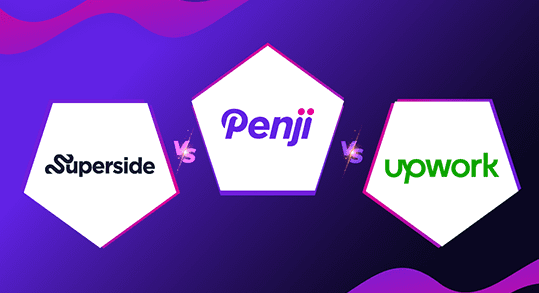
At the end of the day, different companies have different budgets and needs. If you know you’ll need various designs on a regular basis, the graphic design subscription model is probably best. But if you’re looking for a freelancer to handle a one-off project, a freelance marketplace like Upwork is the place to look.
The value of Penji is that they offer a 30-day money back guarantee so you have nothing to lose trying it out. Similarly, Upwork offers refunds within 180 days, so there’s no risk if your freelancer just doesn’t get the job done.
Uncategorized
Can ChatGPT-4o Image Generator Create Your Brand’s Visuals?
Published
1 year agoon
May 18, 2024
OpenAI has unveiled the latest evolution of its famous ChatGPT platform, and the internet is already tinkering with its new capabilities. Powered by the cutting-edge GPT-4o model, aptly named Omni, OpenAI is pushing the boundaries, seamlessly integrating text, image, video, and audio comprehension like never before.
With the stated mission of democratizing AI, OpenAI’s Spring update declares a new era of accessibility. It underscores the company’s commitment to AI as a practical product beyond mere experimentation.
The new version will be released in stages rather than all at once. And a new domain, chatgpt.com, has been rolled out. Free account holders have the most to gain, as the new model surpasses both GPT-3.5 and GPT-4 in functionality. Notably, users can now execute code snippets, analyze diverse media formats, and deploy custom chatbots.
If you want to see if you can access the new model, navigate to the ChatGPT website and look for a drop-down menu in the top left corner. You’ll see GPT 3.5 and GPT-4, but if you don’t see GPT-4o, it simply isn’t available to you yet.
Image Capabilities
One of the most notable features is ChatGPT’s new image generation capabilities, which have evolved significantly. While previous iterations struggled with misspellings (even with explicit instructions), GPT-4o showed a remarkable ability to generate images with clear, correctly spelled text in a recent live demo. From a graphic poem to a movie poster, the AI quickly incorporated text into visuals without mistakes.
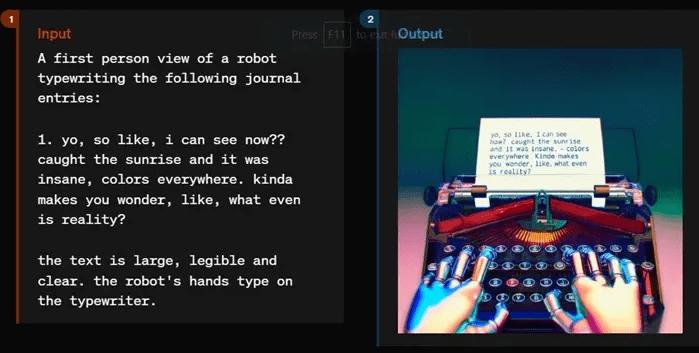
AI image generators like DALL-E have exploded in popularity, amazing people with their ability to create visuals from text prompts. This growing interest is fueled by the exponential improvements in AI’s capabilities. As the models evolve, they generate increasingly complex and impressive images. But despite these advancements, AI image generators remain somewhat unpredictable and are not entirely under our control. The specific style and nuances of the images produced are random. So getting highly customized images that fit your vision is trial and error.
So where should brands get their visuals?
This all begs the question: Are AI image generators good enough to replace designers or design agencies? In many cases, the answer is yes. Those with small or non-existent budgets will likely be relying on AI the most for their visual assets. Anyone who has the time to tinker with AI generators to get the perfect result will be making the most of ChatGPT-4o.
But what about those who don’t have the time, patience, or expertise to try to get branded visuals out of an AI image generator? AI has come a long way, but text prompts don’t give you a ton of authority over what is generated. This is where the fusion of AI and human designers comes in.
Equipped with cutting-edge AI tools, designers are anything but out of a job. They’re leveling up their design capabilities by successfully wielding AI design tools themselves.
Unlimited graphic design is a perfect example. Services like Penji offer unlimited designs for a flat monthly fee.
Here’s How it Works
Step 1: Start a Project | Head to Penji’s dashboard and click on “Create a Project.” Select your desired category, such as logo design, and fill in all the necessary details to ensure your designer has everything they need to deliver outstanding results.
Step 2: Instant Matching | After submitting your design brief, our AI-powered system will instantly match you with a professional designer. At this point, you can sit back and relax.

Step 3: Review and Provide Feedback | Expect the first draft within 24 to 48 hours. You can easily give feedback directly on the project using a point-and-click tool. The designer will keep refining the work until you’re completely satisfied. There’s no cap on the number of revisions, and if needed, you can request a different designer.
Step 4: Finalize and Download | Once you’re pleased with the outcome, mark the project as complete. You can then download your files directly from the Penji platform. No need for external links or emails, and your files are securely stored in the cloud for convenient access at any time.
You can also communicate directly with designers, as well as creative assistants, project managers, or art directors, depending on the plan you choose.
There’s no contract, so you can cancel or pause anytime.

The sky’s the limit. You can order custom:
- Ad designs
- Organic social posts
- Custom illustrations
- Logos & branding
- Blog graphics
- Infographics
- Email templates
- Landing pages
- Web & app designs
- And more
Brands are getting crazy results. For example:
RevenueZen saw a 25% increase in customer engagement and a 20% boost in sales after partnering with Penji for their new website.
Rush Order Tees upped their productivity by 2200% with the help of just 5 Penji designers who mastered their brand visuals.
Say Goodbye to Deadbeat Designers
For brands struggling with the challenges of vetting and hiring designers, Penji presents a stress-free alternative. Say farewell to the constant cycle of hiring and firing, along with the hassle of payroll management. With Penji, you gain access to a curated pool of talented creatives, meticulously chosen to satisfy even the most demanding clients.
Raise Customer Loyalty with a Bulletproof Brand
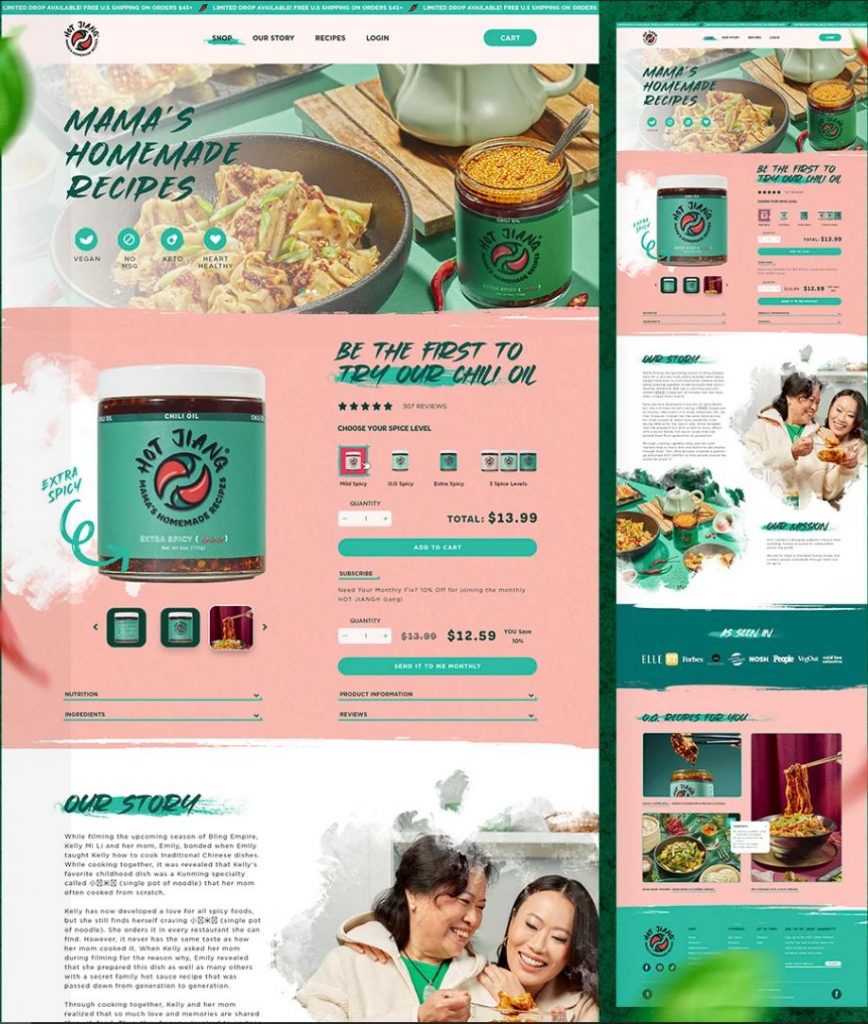
Penji also excels in enhancing customer retention. By delivering consistently high-quality, on-brand designs for every project, you can build trust and loyalty among your clients. A dedicated team of creatives, project coordinators, and quality control specialists ensures your brand always looks its best.
At roughly 70% less than the cost of hiring an in-house designer, you can significantly increase production rates without compromising on quality or speed.
Ready to Win at Business?
If your interest is peaked and you’re ready to power your brand with more ease than ever, watch a quick demo to see how you can get all the designs you need in one place.

Why Having an Advisory Board Could Make or Break Your Startup

Best Gift Guide for Men: Perfect Gifts for Every Occasion

What’s the Deal With Elomir? Is Axis Klarity a Scam?

The Best Ways to Recession Proof Your Business

Discover 2025’s Top 10 Online Banks for Smart Savings

Digital Nomads Flock To These 10 Amazing Tax-Free Cities

Loom Review: Features, Use Cases, and How It Stacks Up Against Zoom

What’s the Deal With Elomir? Is Axis Klarity a Scam?

Why Having an Advisory Board Could Make or Break Your Startup

Loom Review: Features, Use Cases, and How It Stacks Up Against Zoom

The Best Ways to Recession Proof Your Business

Best Gift Guide for Men: Perfect Gifts for Every Occasion

Discover 2025’s Top 10 Online Banks for Smart Savings


